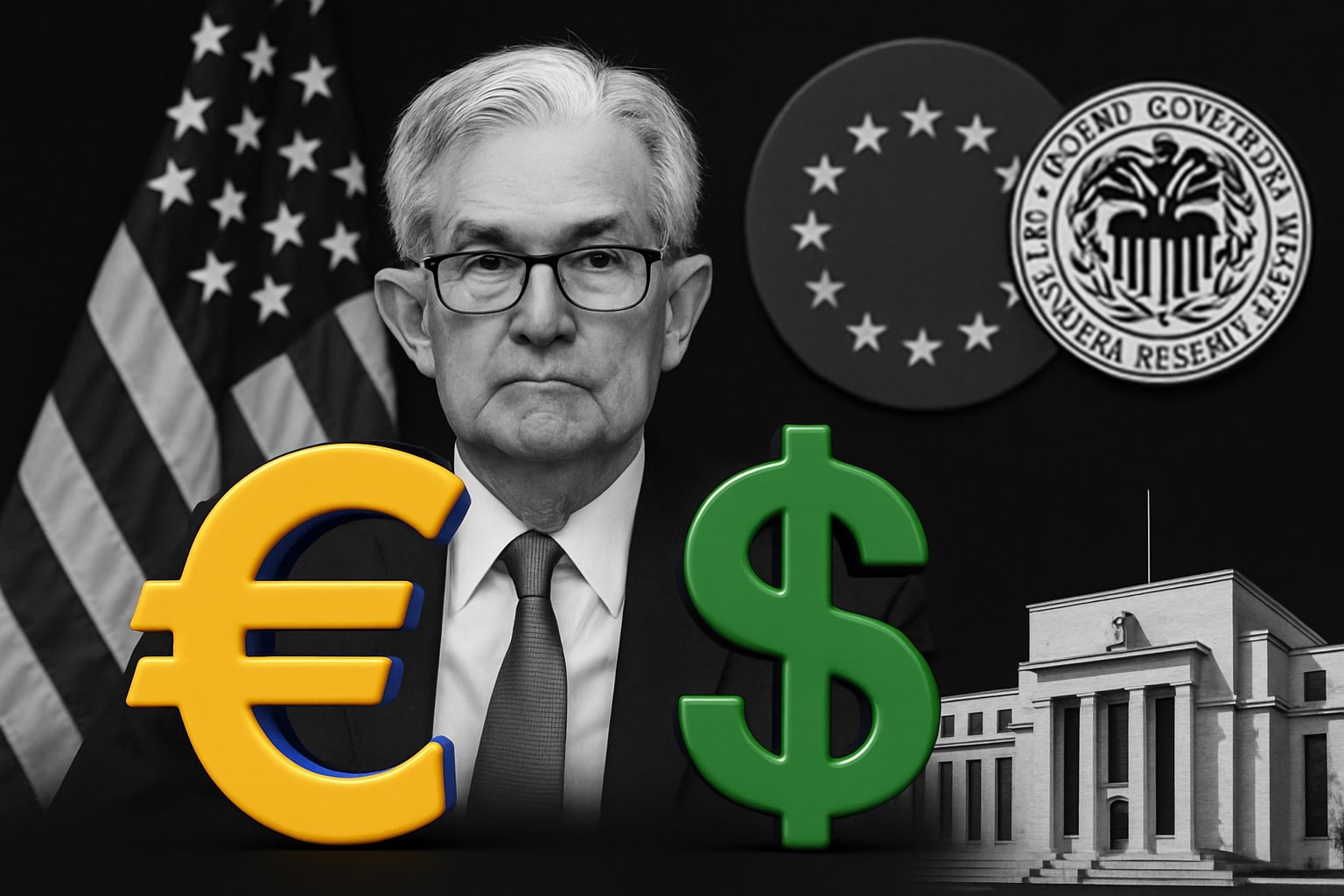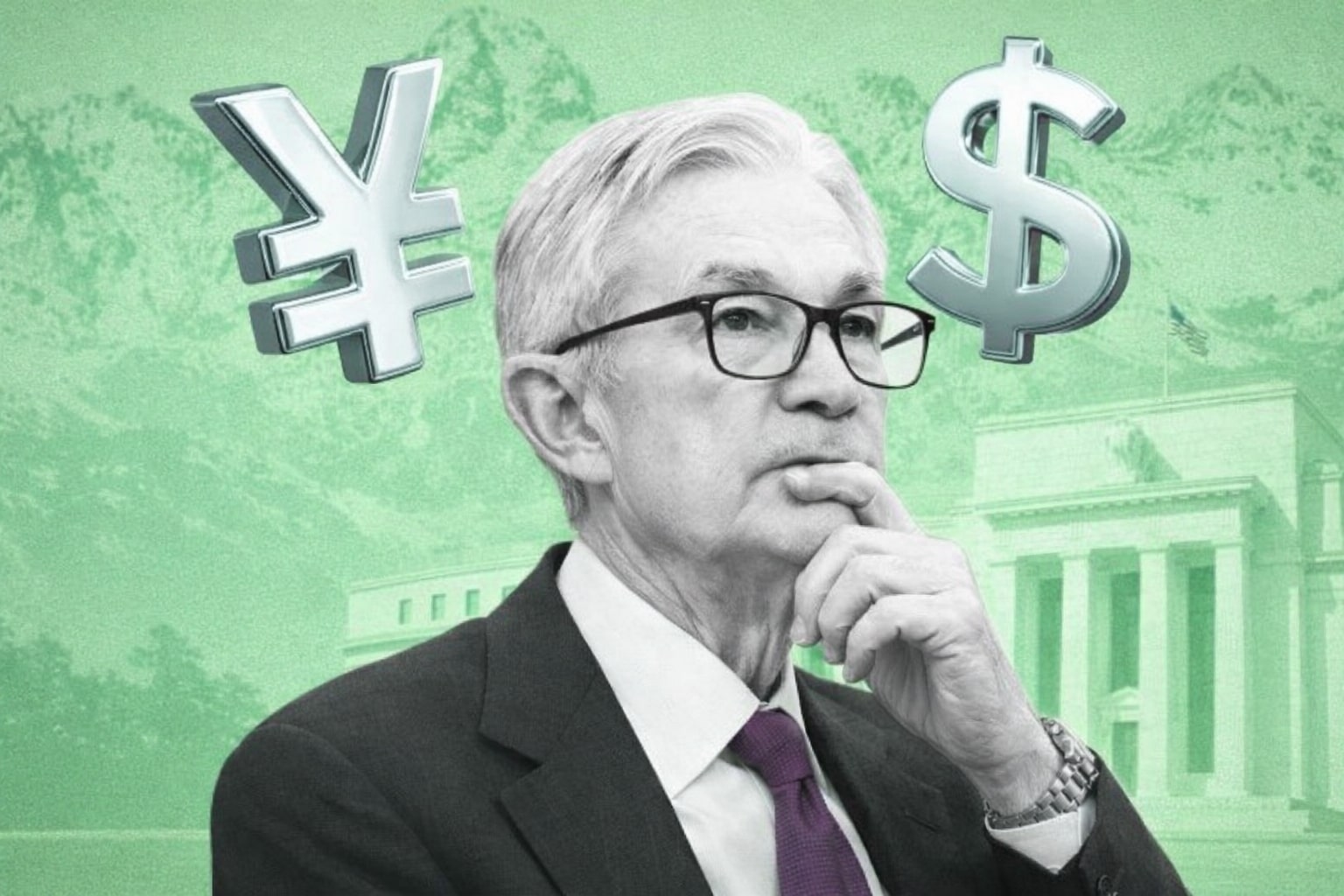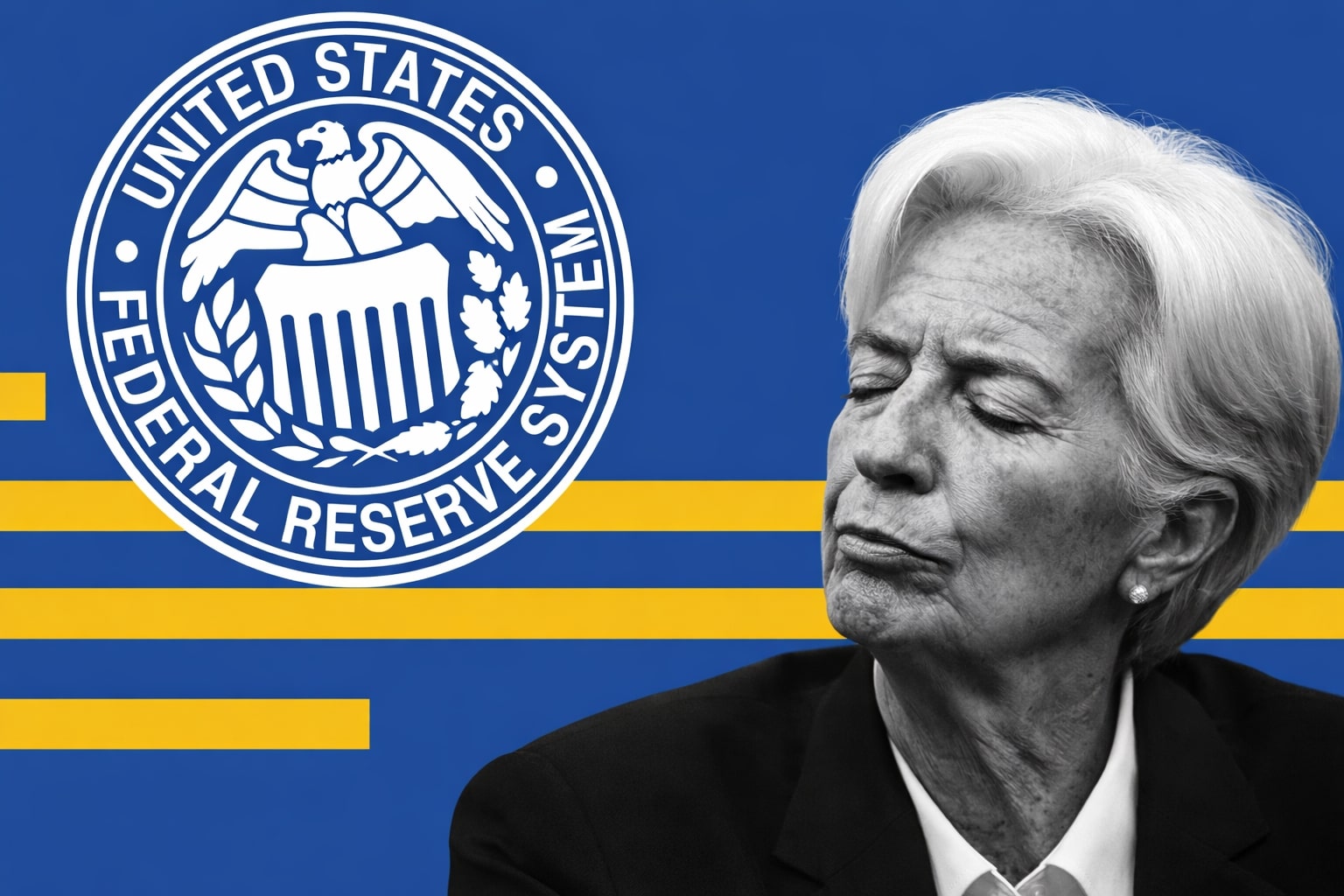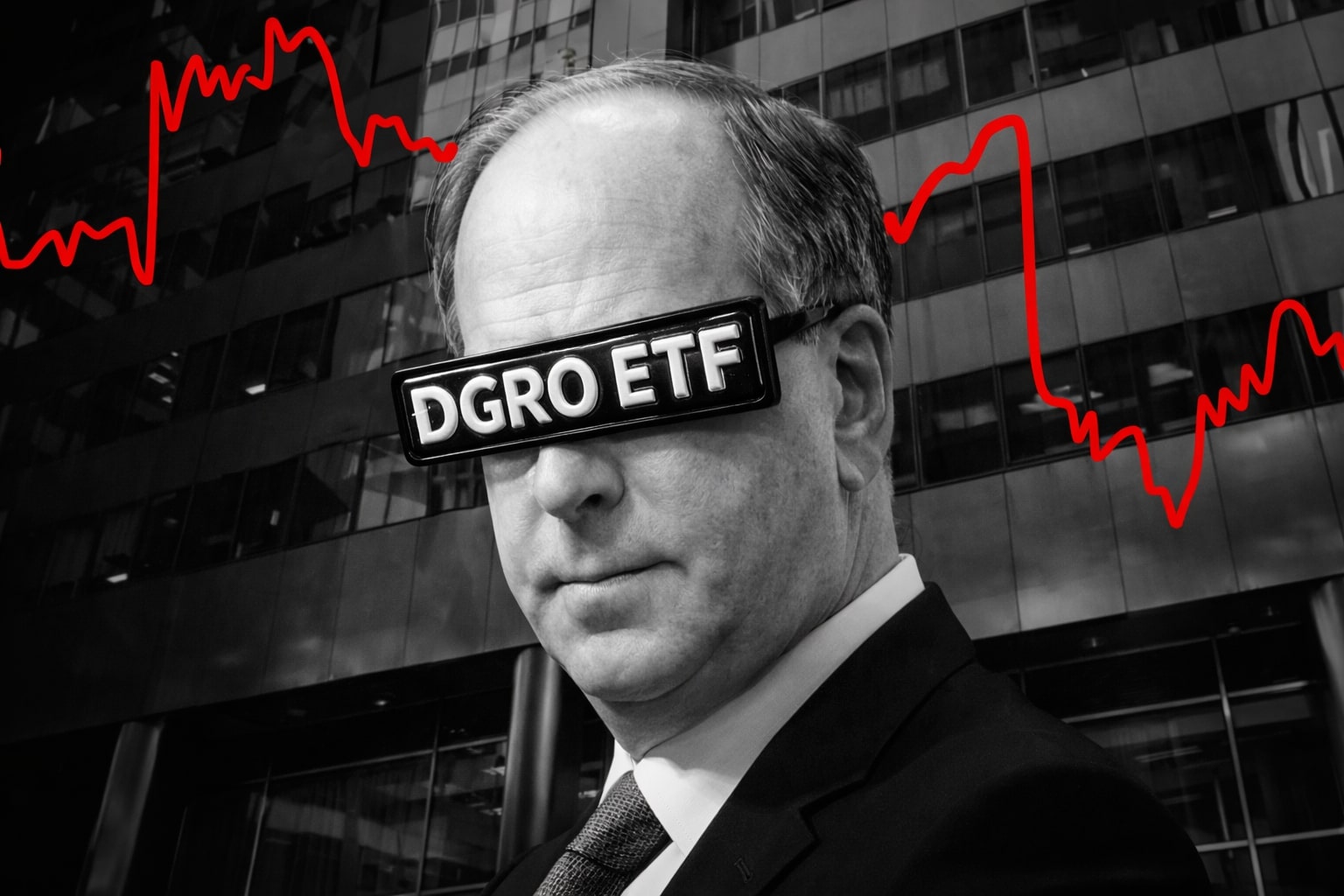EUR/USD Declines Toward 1.1550 as Trade Tensions, Stronger Dollar, and Powell’s Outlook Drive Pressure
The euro continued to weaken against the U.S. dollar, with EUR/USD sliding toward 1.1550, marking its lowest level in over two months. Renewed U.S.–China tariff tensions, a firm U.S. dollar, and investor caution ahead of Federal Reserve Chair Jerome Powell’s speech are weighing heavily on sentiment. Market participants positioned defensively after President Trump’s 100% tariff threat on Chinese imports, set to take effect in November, while Beijing retaliated with new export restrictions and port fees.
The result has been a surge in safe-haven demand for the dollar, with the U.S. Dollar Index (DXY) steadying around 99.25, maintaining strength even as Treasury yields edged lower. The euro, meanwhile, found limited support from European fundamentals, with Germany’s ZEW Economic Sentiment Index undershooting expectations and reinforcing concerns over slowing regional growth.
Monetary Policy Divergence Adds to Euro Weakness
Markets remain fixated on how the Federal Reserve’s next policy steps will shape global FX dynamics. Traders have priced in a 25-basis-point rate cut in October and another in December, which would bring the federal funds rate to 3.75%–4.00%, according to CME’s FedWatch tool. However, despite these anticipated cuts, the dollar continues to attract capital flows amid a persistent U.S. fiscal stalemate, risk aversion, and stronger economic resilience compared to the eurozone.
In contrast, ECB policymakers remain constrained by fragile inflation and tepid output, leaving the central bank with little room to maneuver. The euro’s inability to gain traction highlights investor skepticism over Europe’s recovery narrative, particularly with Germany struggling to avoid recessionary signals.
Technical Outlook: Key Resistance at 1.1630, Support at 1.1470
Technically, EUR/USD continues to trade within a descending channel, confirming a medium-term bearish structure. The pair is capped by the 50-day EMA at 1.1636 and 200-day EMA near 1.1686, while downside pressure remains dominant below both averages. The immediate floor lies near 1.1540, followed by a deeper support zone around 1.1470—a level that, if breached, could open the path toward 1.1380.
Momentum indicators remain weak, with the RSI hovering near 41, suggesting subdued buying interest. On the upside, bulls face a critical hurdle at 1.1630, the upper boundary of the channel. A confirmed close above that region would indicate a short-term reversal, but prevailing market sentiment still favors sellers.
Macroeconomic Drivers: U.S. Shutdown and Inflation Data in Focus
The ongoing U.S. government shutdown, now entering its third week, adds complexity to the macro landscape. While the standoff threatens to dampen near-term growth, it also reinforces the dollar’s safe-haven appeal. Attention now turns to the upcoming U.S. CPI release on October 15, expected to show a 0.4% month-on-month rise and an annual inflation rate near 3.1%, up from 1.9%. A weaker print could reignite dovish bets on the Fed, but a stronger reading would likely fuel another leg of dollar gains.
In Europe, inflation remains well below target, and economic data from France, Germany, and Italy continue to disappoint. Weak industrial output and sluggish consumer sentiment deepen the contrast between the eurozone and U.S. economic performance, sustaining the dollar’s dominance in the near term.
Market Sentiment: Cautious Ahead of Powell’s Remarks
Traders remain wary ahead of Powell’s comments, expected to clarify whether the Fed intends to accelerate rate cuts or hold steady amid mounting political pressure. Any indication of further easing could briefly lift EUR/USD, though the underlying trend remains bearish. The U.S.–China tariff conflict, meanwhile, continues to shape broader market psychology. Trump’s softened rhetoric—“Don’t worry about China, it will all be fine”—provided brief relief, but structural risks persist as negotiations stall.
The Euro also failed to capitalize on earlier safe-haven inflows that followed tariff escalations, underlining the pair’s asymmetric sensitivity to global risk cycles. The euro’s short-lived rebounds have been repeatedly met with selling near resistance zones.
Technical and Sentiment Synergy: Short Bias Remains Intact
Chart structures across multiple timeframes confirm a sustained bearish bias. On the weekly chart, the pair remains locked below 1.1650, unable to reclaim trendline resistance. The 4-hour moving averages (50 and 200) show a bearish crossover, reinforcing downward momentum. Price action has respected the channel’s mid-line, suggesting continuation toward 1.1470 if selling persists.
Commitment of Traders (COT) data shows institutional investors adding to short euro positions for a fifth consecutive week, while speculative longs have dropped 12%. This institutional positioning underscores the market’s conviction that EUR/USD remains vulnerable to further downside.
Strategic Outlook and Verdict
Considering the technical structure, macro fundamentals, and sentiment backdrop, the EUR/USD outlook remains bearish. Unless Powell’s comments introduce an unexpected dovish shock, the dollar is likely to stay supported by safe-haven inflows and trade-related stress. The pair’s repeated failure to sustain rebounds above 1.1630 signals persistent selling interest.
Verdict: SELL → EUR/USD likely to extend losses toward 1.1470, with short-term resistance capped at 1.1630. Break below 1.1470 exposes 1.1380 support. Fed outlook, U.S. CPI data, and trade tensions remain key catalysts.
That's TradingNEWS




















